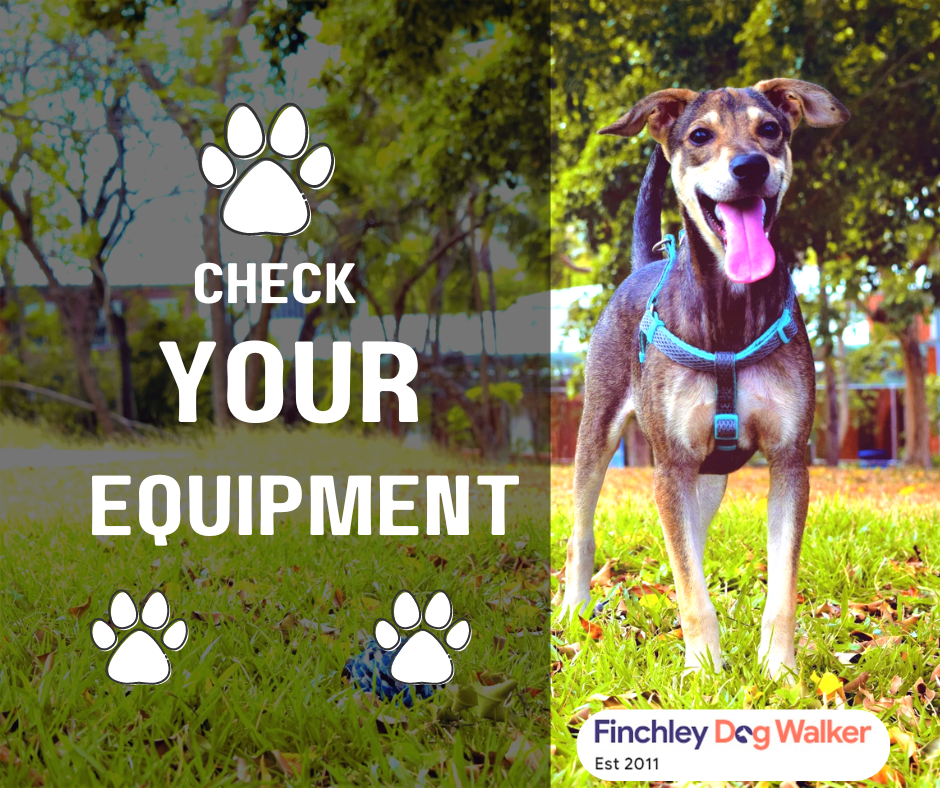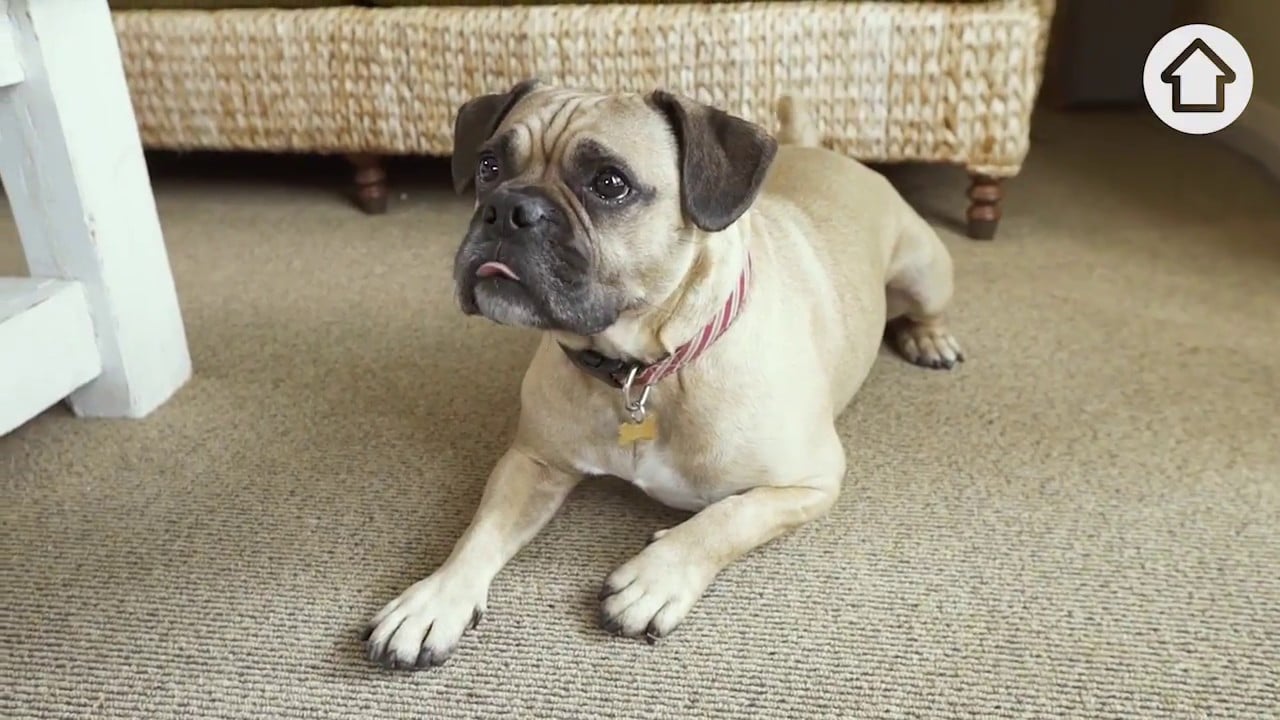
When heading out for a walk with your dog, especially if your dog is reactive or nervous, having reliable control is key. Whether it’s a car seat harness, lead, collar, muzzle, or any other safety gear, your equipment is your first defence in keeping your dog safe. However, once we’ve purchased these items from trusted sources, we often fall into the habit of using them over and over again without a second thought. But when did you last check your dog’s gear for signs of wear and tear?
It’s easy to forget that dog equipment can wear out just like any other regularly used item. Over time, stitching can fray, clips can weaken, and buckles can become less secure. Even the highest quality gear can start to fail if it’s not maintained correctly.
It is vital to make regular checks part of your routine for your dog’s safety (and peace of mind).
Why Regular Checks of dog equipment is important
If you have a reactive dog, you already know how important it is always to have solid control. Even for usually calm dogs, a sudden noise, another dog, or an unexpected situation can trigger an instinctive reaction. In those moments, the last thing you want is for a lead to snap or a clip to fail. That’s why it’s essential to regularly inspect your equipment to ensure it’s fit for purpose.
What to Look For
When checking your dog’s gear, pay attention to the following:
Stitching
Frayed or loose stitching can be a sign that a harness, collar, or lead is beginning to weaken. Over time, even small amounts of wear can become a bigger issue. If you spot any signs of fraying, it’s time to replace the item.
Clips and Buckles:
These are some of the most critical components. Make sure that all clips are fully closed and remain secure under pressure. With buckles, check that they lock securely and don’t slide loose once fastened. Even if they seem to be working fine, it’s worth testing them before every walk.
Leads and Collars:
Look closely at the material, whether it’s leather, nylon, or another fabric. Look out for cracks, splits, or worn areas. A lead that has lost its original strength could easily snap if your dog suddenly pulls.
Muzzles and Harnesses
For reactive dogs, these tools are often essential for keeping everyone safe. Regularly inspect any fastenings, adjustability features, and straps to ensure they hold firm and fit correctly.
Safety First: Make It a Habit
As a professional dog walker, I always check that the collars are secure, the leads are in good condition, and the gear is functioning as it should. This simple but important step ensures that the dogs in my care are safe and that I have the control I need in any situation.
Grabbing your dog’s lead and heading out the door without checking it or giving it any more thought is easy but can lead to big problems.
But by making equipment checks part of your walking routine, you’ll take an extra step towards safety. For your dog’s sake and peace of mind, get into the habit of regularly inspecting your kit. A quick check could prevent an accident and make all the difference in ensuring every walk is safe and enjoyable.
